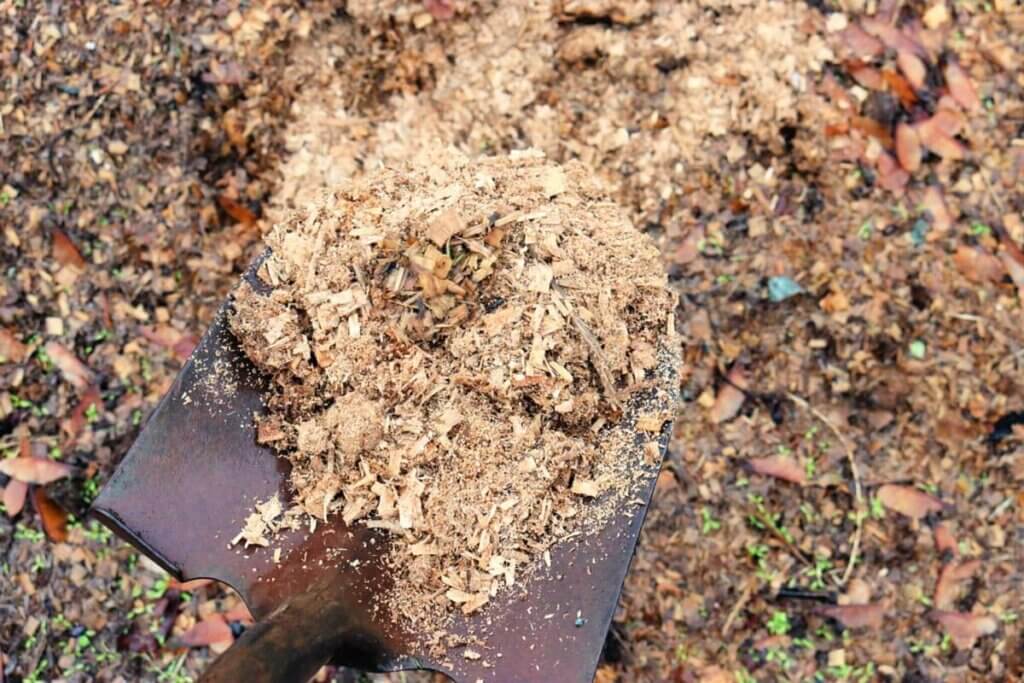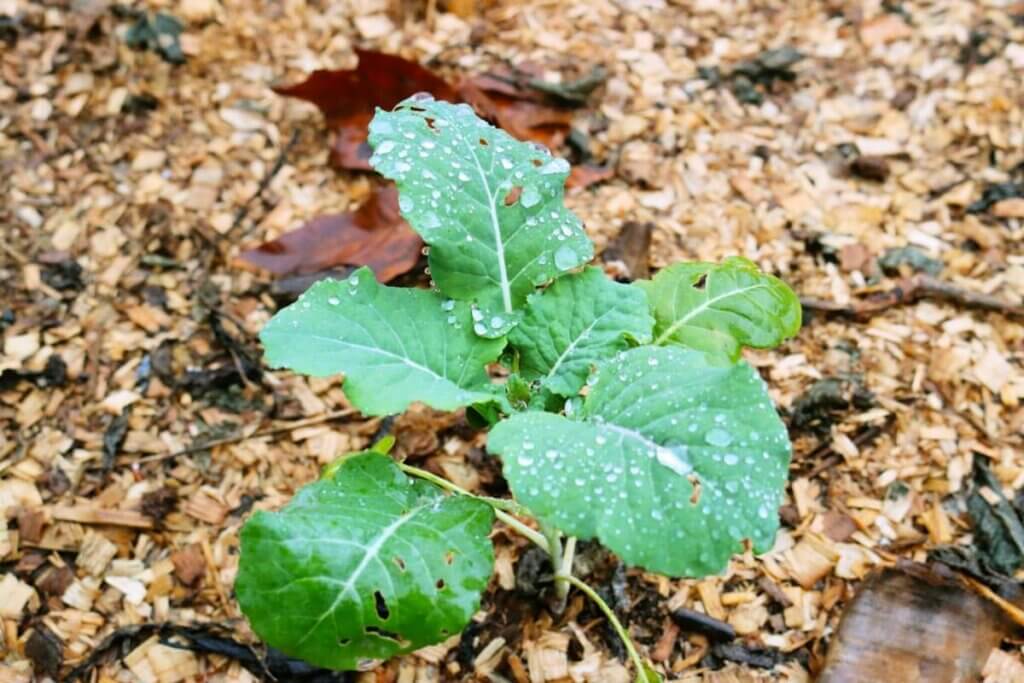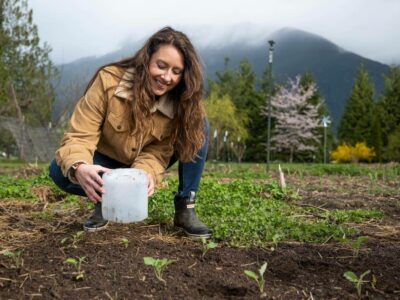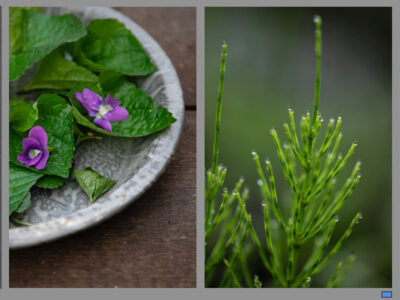Back in 2019, we did an experiment in the garden by covering half of it with wood chips. The results have been very eye-opening! Here’s what we liked, disliked, and if we’re mulching with wood chips again this year.

As I said, in 2019 I decided to do an experiment in our garden. My husband was a bit skeptical of my idea, so we only tested half the garden to have a comparison. What was the experiment? Covering the dirt in wood chips!
Sadly, three years later, my husband and I had a bit of miscommunication after laying down woodchips in the garden. My husband, thinking he was doing what I had asked, tilled my no-till garden and now the woodchips are mixed throughout.
Watch the video here to see how we’re adjusting and moving forward!
Thanks to a love of learning, and the resources that are available at my fingertips, I’ve watched and read and researched all about adding a layer of wood chips to the garden to help with weed control.
It’s now 18 months since I initially laid the wood chips in the garden and in today’s episode of the Pioneering Today Podcast (episode #279) I’m sharing all my thoughts on this experiment. Including what I liked about it, what I would do differently, if it helped with weed control and whether I’ll be doing it again.

Table of Contents[Hide][Show]
In this episode:
- We had a very late first frost so I have just now finished wrapping up my garden and getting the garlic planted.
- For over two decades we have tilled our garden yearly. This has always been our method (as well as my parent’s method) so it’s all I ever knew.
- 18 months ago we tried spreading wood chips over our garden.
- Are we using this method again this year?
- Testing our soil BEFORE laying the wood chips (see this blog post for how to test the pH of your soil).
- Watch the process I used to lay the wood chips in this YouTube video.
- Tips on finding wood chips for FREE to use in your garden.
- Weed growth recap and how much weeding I did throughout the summer.
- Why won’t I tell my husband, “I told you so”?
- The Family Garden Planner shipping update!
- Verse of the week – John 6:27
- Pioneering Today Membership
Links mentioned in this podcast:
- Testing the pH of Soil
- Mulching the Garden
- 1 Year Update – Mulching the Garden with Wood Chips
- The Family Garden Planner
- Become a Pioneering Today Member
[fusebox_transcript]



